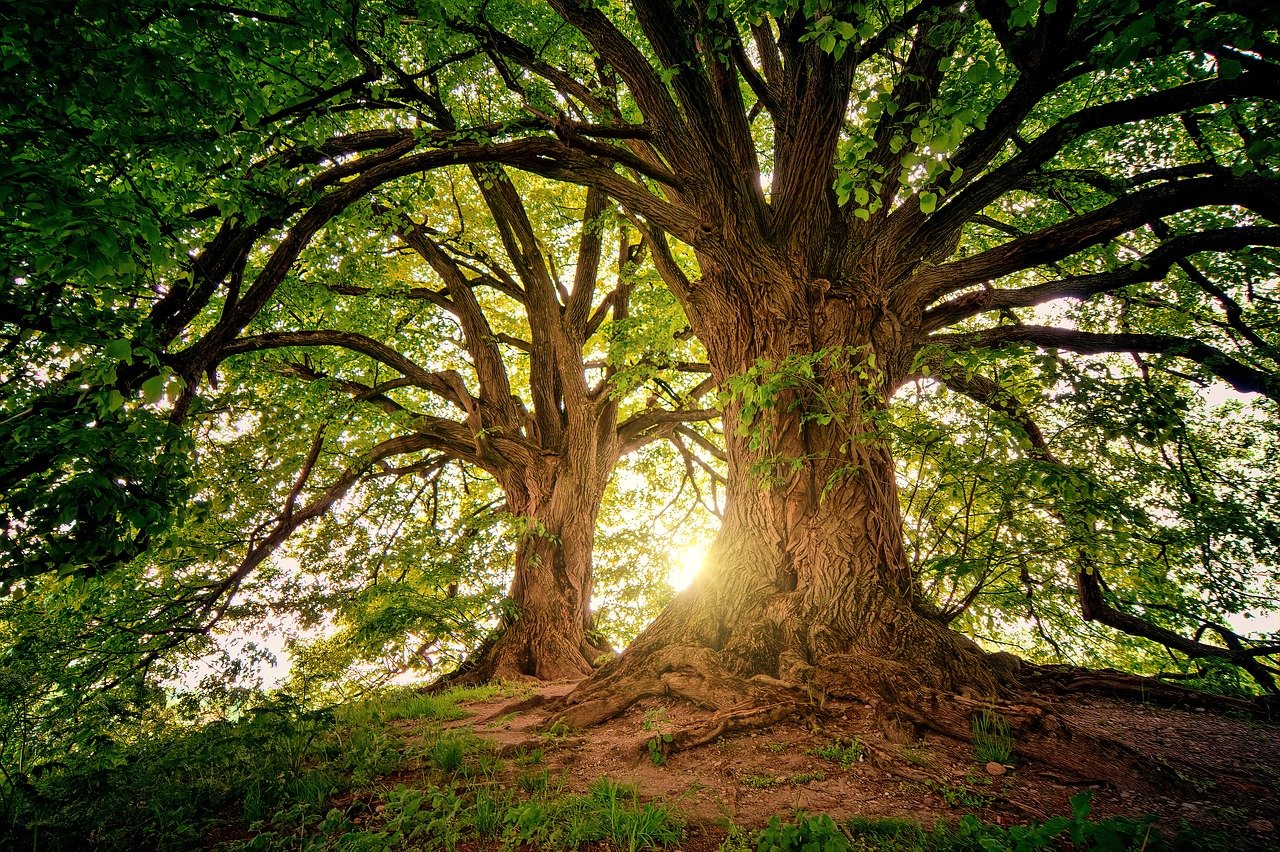
Vocabulary:
I will read the words, meanings, and sample sentences. Then, repeat after me.
- statistical /stuh-TIS-ti-kuhl/
- timber /TIM-ber/
- combat /KOM-bat/
- detect /dih-TEKT/
- palm oil /pahm oil/
[adjective] – relating to statistics
You must conduct a thorough statistical study.
[noun] – trees that are grown so that the wood from them can be used for building
These trees are being cultivated for timber.
[verb] – to try to stop something unpleasant or harmful from happening or increasing
Millions of dollars are being spent by the government to combat drug abuse.
[verb] – to notice something that is partly hidden or not clear, or to discover something, especially using a special method
Financial analysts have detected signals that the economy is improving.
[nouin] – an oil from the nuts of some types of palm tree, used in some foods and to make soap
Palm oil is environment-friendly.
Article reading:
Please read the whole article. Then, I will check your pronunciation and intonation.
According to what researchers are calling the first “scientifically credible” estimate, there are 14 percent more tree species than previously thought. The researchers anticipate that 9,200 of the projected 73,300 species have yet to be discovered. However, the majority of rare species are found in tropical forests, which are rapidly vanishing due to climate change and deforestation.
The research is based on a database that contains tens of millions of trees from over 100,000 forest plots all around the world. The researchers utilized statistical approaches to estimate the number of tree species that would be present, adjusting for gaps in the data. The findings show that more has to be done to safeguard the amazing life forms that are needed for food, timber, and medicine, as well as to combat climate change by drawing carbon dioxide from the atmosphere. Lead researcher Dr. Peter Reich, of the University of Minnesota in St Paul, said the findings highlighted the vulnerability of global forest biodiversity. “Our data will help us assess where biodiversity is the most threatened,” he told in an interview. This is where the researchers detected hotspots of known and unknown uncommon species throughout the tropics and subtropics of South America, Africa, Asia, and Oceania. “Knowing about these hotspots, hopefully, can help prioritize future conservation efforts,” Dr. Peter Reich adds.
Natural forests with a wide range of species are the healthiest and most productive, and they are vital to both the world economy and nature. The vast majority are in tropical countries, where deforestation is mostly driven by the production of ingredients for Western foods like beef, palm oil, and soy.
The research is based on a database that contains tens of millions of trees from over 100,000 forest plots all around the world. The researchers utilized statistical approaches to estimate the number of tree species that would be present, adjusting for gaps in the data. The findings show that more has to be done to safeguard the amazing life forms that are needed for food, timber, and medicine, as well as to combat climate change by drawing carbon dioxide from the atmosphere. Lead researcher Dr. Peter Reich, of the University of Minnesota in St Paul, said the findings highlighted the vulnerability of global forest biodiversity. “Our data will help us assess where biodiversity is the most threatened,” he told in an interview. This is where the researchers detected hotspots of known and unknown uncommon species throughout the tropics and subtropics of South America, Africa, Asia, and Oceania. “Knowing about these hotspots, hopefully, can help prioritize future conservation efforts,” Dr. Peter Reich adds.
Natural forests with a wide range of species are the healthiest and most productive, and they are vital to both the world economy and nature. The vast majority are in tropical countries, where deforestation is mostly driven by the production of ingredients for Western foods like beef, palm oil, and soy.
Discussion Questions:
I will read each question. Then, please answer them.
- Could you tell one tree species that you know about? Please elaborate on your answer.
- In your opinion, what are the benefits of this study?
- If you were given a chance, would you like to explore a forest to know more about unknown tree species? Why or why not?
- Do you agree that there are more tree species on the planet than we originally predicted?
- What do you think of the study? Please explain your answer.
Summarization
Please summarize the whole article using your own words and expressions. You will have one minute to prepare before you answer.
Describe:
Please explain the definition of each word listed below based on your understanding. You can provide example sentences if needed.
- credible
- anticipate
- database
- vulnerability
- vast